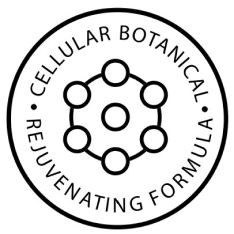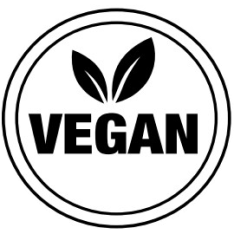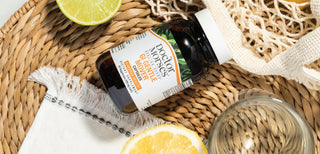Introduction
Detoxification is a natural process through which the body eliminates toxins and waste products, promoting overall health and well-being. We will delve into different levels of detoxification and their impact on the detox process. By understanding these levels and the influence of various foods, individuals can make informed choices to either accelerate or slow down their detoxification journey, aligning with their unique needs and goals.
Accelerating Detoxification
-
100% Fruits, Berries, and Melons: This level involves consuming a diet exclusively composed of fruits, berries, and melons. These nutrient-rich foods provide a concentrated dose of vitamins, minerals, and antioxidants that support the body's detoxification processes.
-
Fruit Smoothie: By incorporating fruit smoothies into your diet, you can enjoy a delicious and convenient way to consume a variety of fruits while still promoting detoxification. The blended consistency aids in nutrient absorption and provides a nourishing boost.
-
Fruit Juice: Freshly squeezed fruit juices are a great way to flush out toxins from the body. They are hydrating, nutrient-dense, and provide a burst of natural sugars that can support the detoxification process.
-
Mono Fruit Juice: Taking it a step further, this level involves consuming only a single type of fruit juice for a more intensified detoxification experience. The simplicity of mono fruit juice allows the body to focus its energy on eliminating toxins.
-
Water Fasting: The most extreme level, water fasting involves abstaining from food and consuming only water for a designated period. This allows the body to devote its resources to eliminating toxins more rapidly. It is important to approach water fasting with caution and under the guidance of a healthcare professional. Morse considers water fasting to be a spiritual experience.
Slowing Detoxification
-
Breakfast: Fruits, Berries, and/or Melons; Lunch and Dinner: Large Salad: This level incorporates fruits, berries, and/or melons into breakfast, while opting for a large salad for lunch and dinner. While still supporting detoxification, this level allows for a more balanced approach, potentially better suited for individuals who prefer a slower detox process.
-
Green Smoothies or Juices: Green smoothies or juices offer a range of nutrients and support detoxification, albeit at a slower pace compared to the previous levels. These beverages provide a combination of fruits, vegetables, and leafy greens, delivering essential vitamins, minerals, and antioxidants.
-
Raw Fruits and Vegetables: Emphasizing the consumption of raw fruits and vegetables can provide vital nutrients and enzymes that support the body's natural detoxification mechanisms. This level allows for a varied and nourishing diet while still promoting detoxification.
-
Nuts, Seeds, Cooked Vegetables, Leafy Greens: In this level, incorporating nuts, seeds, cooked vegetables, and leafy greens offers nourishment and sustenance. While these foods are beneficial, they may drastically slow down the detoxification process compared to the previous levels.
-
Avoiding Toxic Foods: The final level suggests avoiding toxic foods such as animal protein, fish, dairy, eggs, cheese, grains, refined/processed starches, and sugars. These foods are believed to impede the detoxification process, so eliminating them from your diet can support more effective toxin elimination.
Conclusion
Understanding the various levels of detoxification empowers individuals to choose the approach that aligns with their needs and goals. Whether you opt to accelerate the detoxification process through a fruit-focused diet or prefer a slower detox journey with a balanced approach, the key is to make informed choices that prioritize your well-being. Remember, it is important to listen to your body and consult with a healthcare professional before embarking on any significant dietary changes or extreme fasting regimens.











